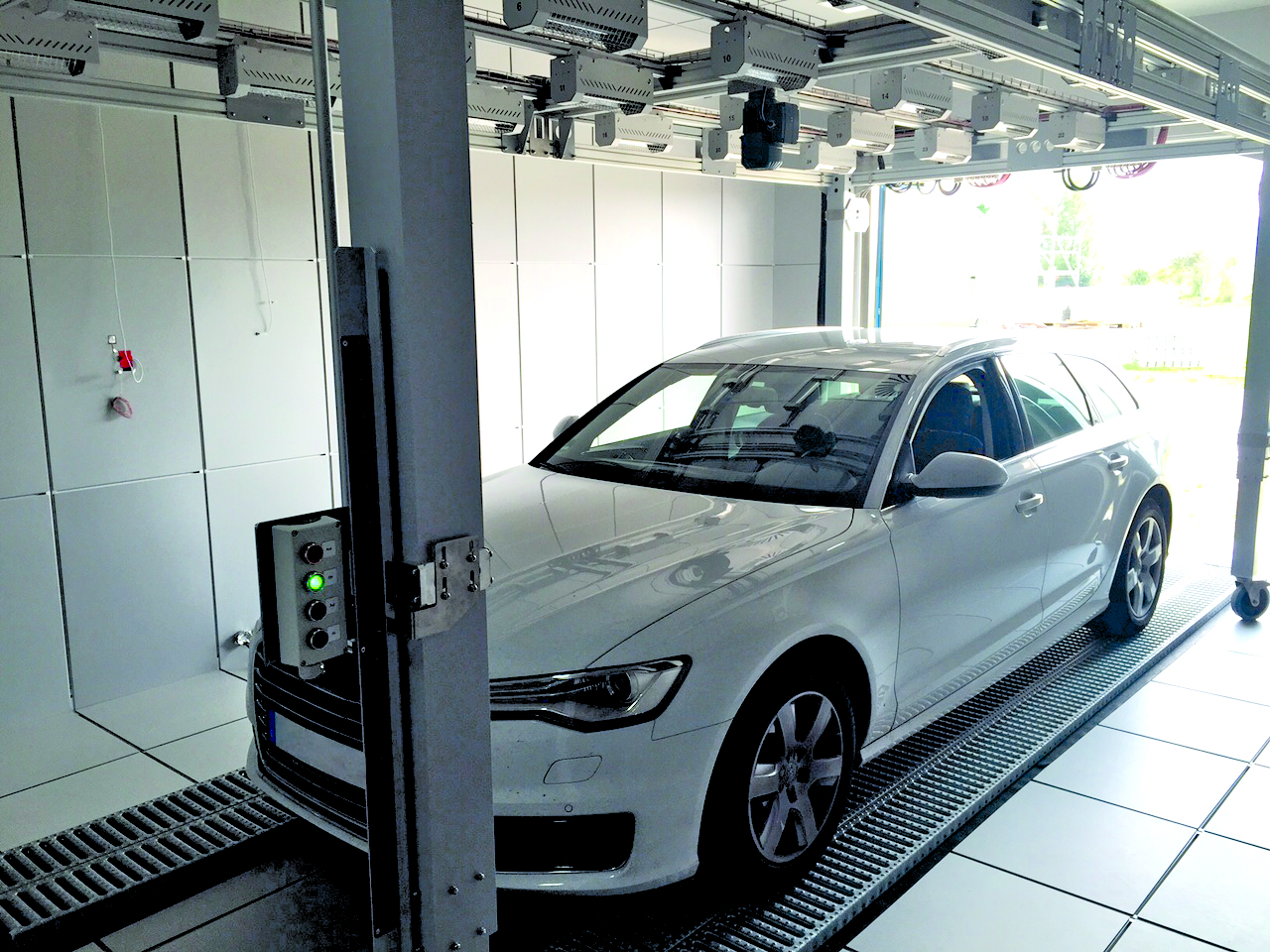
The air quality in a vehicle's interior depends to a large extent on two different sources - on the one hand on emissions from interior components and on the other hand on the supply air and thus on the air quality surrounding the car.
Interior components made of polymer materials lead to emissions of volatile organic compounds (VOCs). The level of the emissions and the presence of certain substances can lead to a more or less strong odor nuisance or even to a health hazard for the occupants. For important export markets, there are already legal regulations or recommendations on limiting VOC emissions from motor vehicles or on vehicle interior air quality (USA, China, Korea, ISO 12219).
Emissions from outside entering the vehicle interior via the supply air depend on the ambient air quality. These can be influenced by the use of suitable cabin air filters or active air purification systems.
 Fraunhofer-Allianz Verkehr
Fraunhofer-Allianz Verkehr